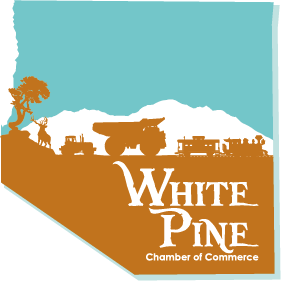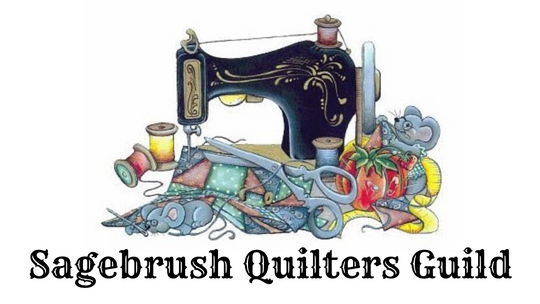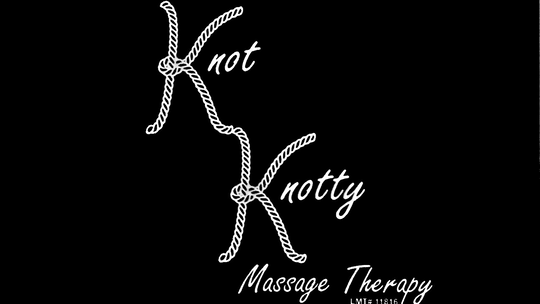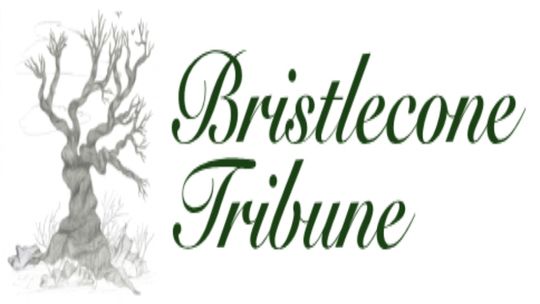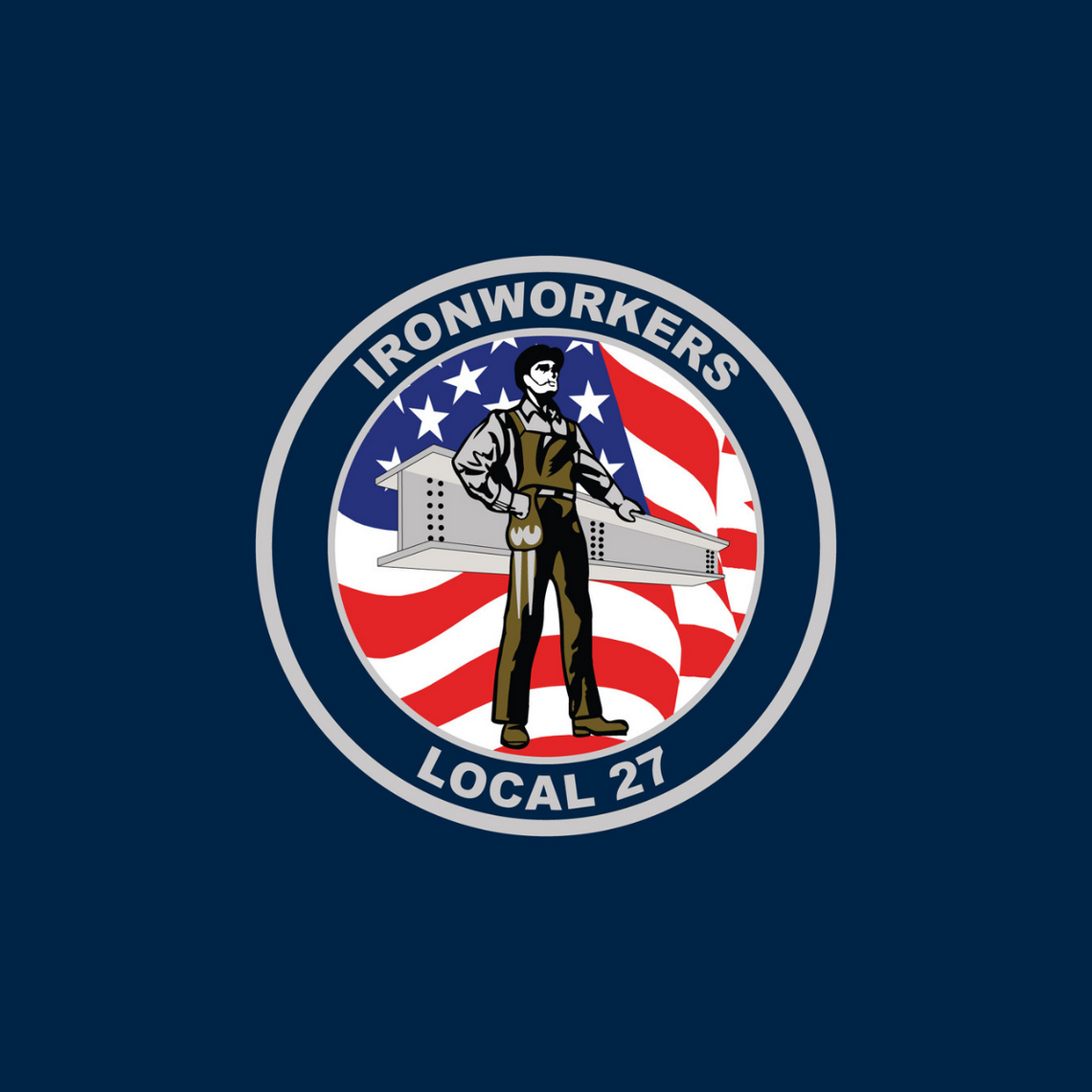
Iron Workers Local Union 27
Activity description
Iron as a building material dates from about 1880, when it first began to be used in skyscraper construction. Today, iron and steel are essential parts of even small homes, and our huge production of industrial, commercial and residential buildings would be impossible without iron and steel girders, beams, trusses and other products.
The men usually seen clambering about the framework of large buildings, rigging and handing large steel beams, are Structural Iron Workers. Their job is to handle and install various kinds of steel parts. First, they see that the parts are hoisted into place according to the proper order. Then they connect all the parts with bolts, line up the structure, and weld the parts together. Not all Structural Iron Workers do all these jobs on the same project. Those working outdoors do the fitting and welding. Machinery used includes derricks, cranes, hoist and welders.
Ironwork includes both the decorative kinds – stair rails, balconies, gates and balustrades – and more common kinds – metal stairways, grates, iron ladders, fire escapes, doors and cabinets. The men who install these items by welding, bolting to concrete are Ornamental Iron Workers, The term “metal” includes more than iron, however, it includes steel, brass, aluminum and bronze.
Reinforced concrete – concrete in which metal rods or mesh has been imbedded – is widely used in building construction. The concrete and the steel together have more strength than each has separately. The men who place the steel rods or mesh in concrete forms are called Reinforcing Iron Workers or “Rodmen”. Bars are placed on supports in forms and tied together. When mesh is used, the “Rodmen” measure, cut, and bend the mesh, put it in place and hammer it down.
Fence Iron Workers usually work for large contractors or for steel companies, utilities or government agencies.
Ironworking is a rugged trade. There is more chance of accidents than in other trades. Iron Workers should not be afraid of great heights and must be able to get around slender beams without hesitation.
Because the jobs are so big, Structural Iron, Ornamental Iron, and Reinforcing Iron Workers operate in crews. An experienced man may work up to foreman of a crew, or he may become superintendent.
The outlook for employment of Iron Workers is good. Much of the big increase in construction expected in the near future is in large buildings and bridges, where such workers will be in demand. The great post-war building boom showed what can happen in a trade when construction moves forward on a large scale. In 1940 there were about 30,000 Iron Workers, but by 1976 there were over six times as many.
A good number of our large high-rise buildings have been built with heavy use of metal – steel and aluminum in particular. This means jobs for Ornamental Iron workers. Reinforced concrete is becoming even more popular for large building, and this means jobs for Rodmen. And, of course, any large building means jobs for Structural Iron Workers.
Business Fax: 801-886-2127
Business Contact: David Lloyd
ZIP Code: 84119
Membership Year: 2008
